学习机器学习算法,手上没有数据,于是决定自己动手,爬取QQ空间数据
本文参考文献
- Python3.6获取QQ空间全部好友列表
- Practical Data Science Cookbook .Tony Ojeda Sean, Patrick Murphy,Benjamin Bengfort ,Abhiji Dasgupta PACKT PUBLISHING
结果
只举例好友网络,说说时间,过多信息涉及好友隐私
数据
说明:为防止腾讯检测,随机丢掉一部分数据。
两代运行之后,大概有400w左右数据(Aliyun运行了大概8个小时)
好友网络
整张网络结构:过大,根本看不出什么
以某一好友为例,为保护隐私,数据标签不显示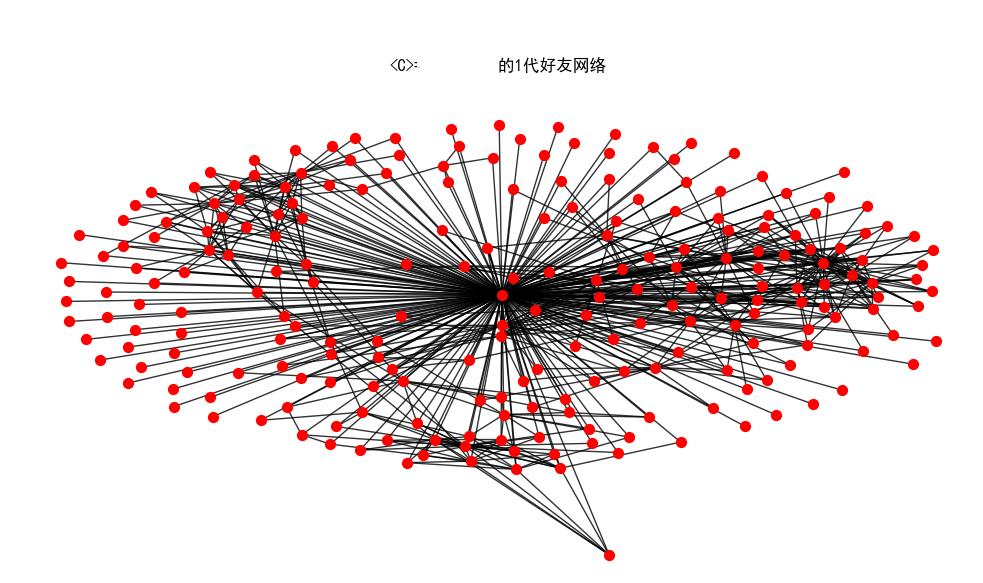
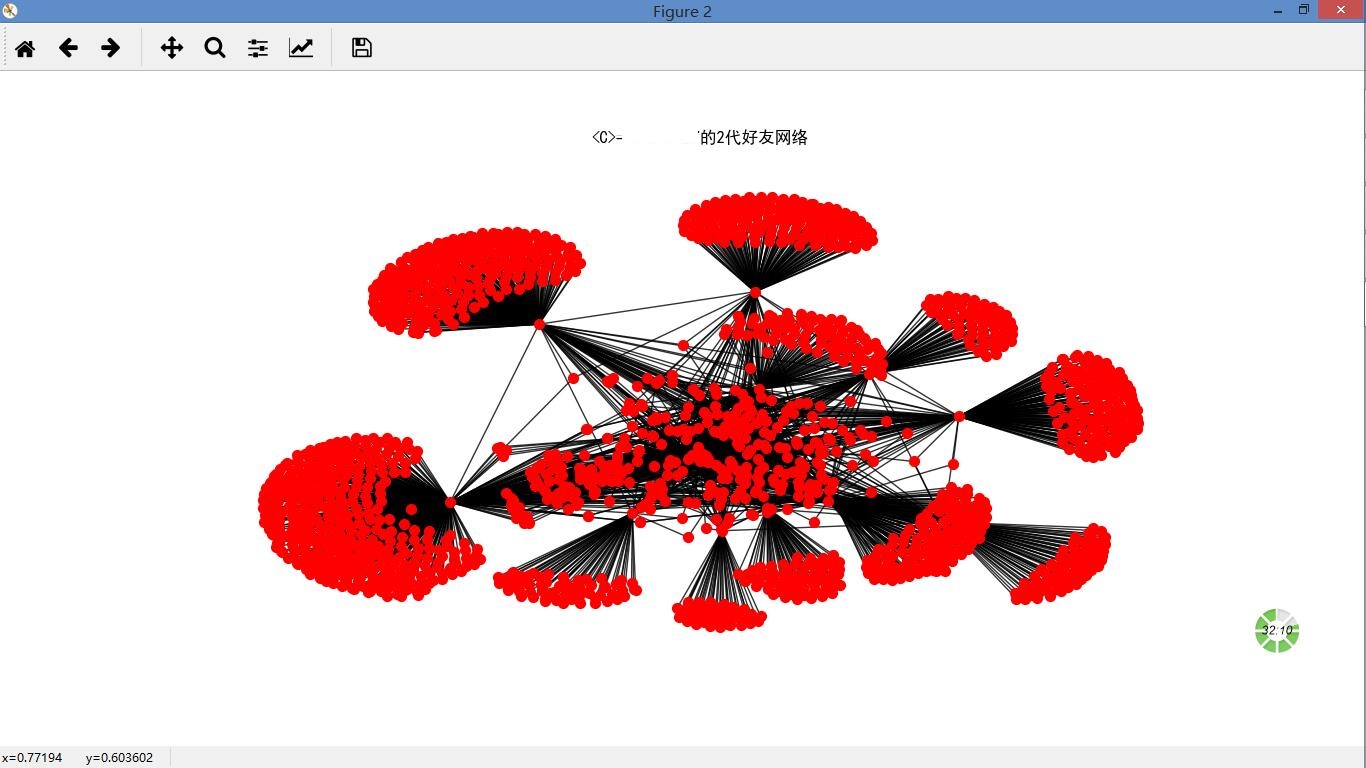
hops表示最多经过几个节点(人)
发说说时间
随机抽取10w数据,统计。可以从下面(特别是小时统计)看出,在网络中的作息规律。
随机抽取100w数据,然后从中选出17年的80223条数据,单独分析每个月的情况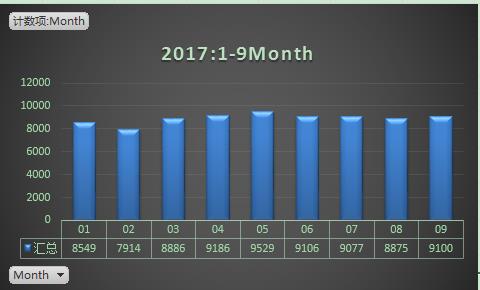
10w数据随机选择,然后17年只有1-9月的数据
按年统计
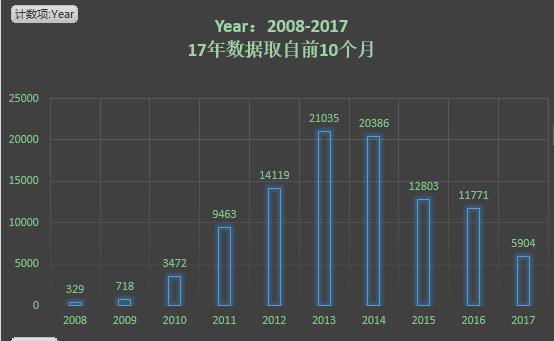
按月统计
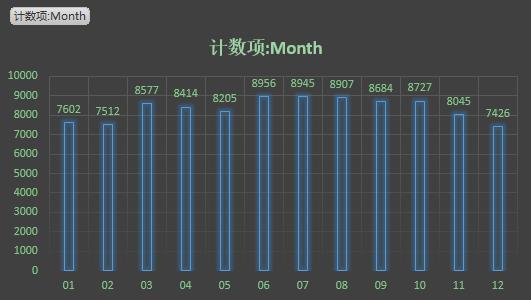
基本上平均
按天统计
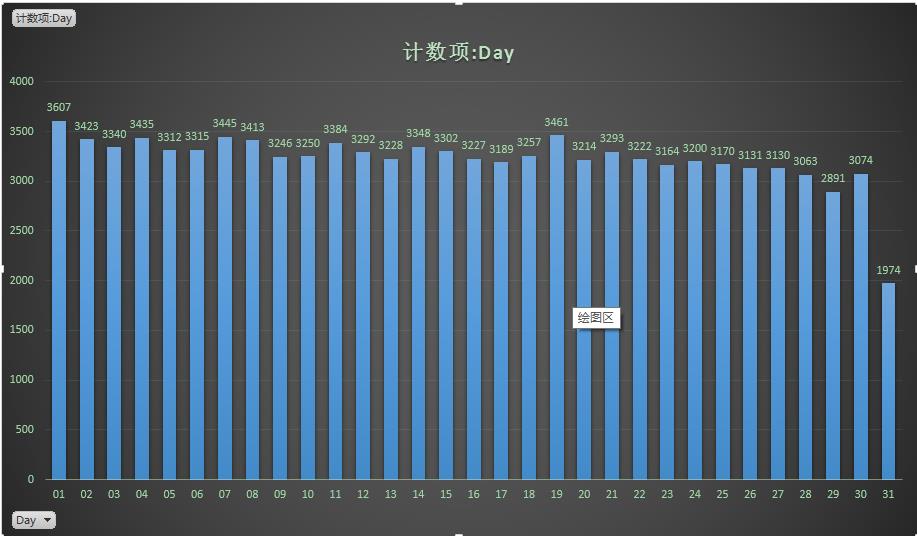
每小时统计图
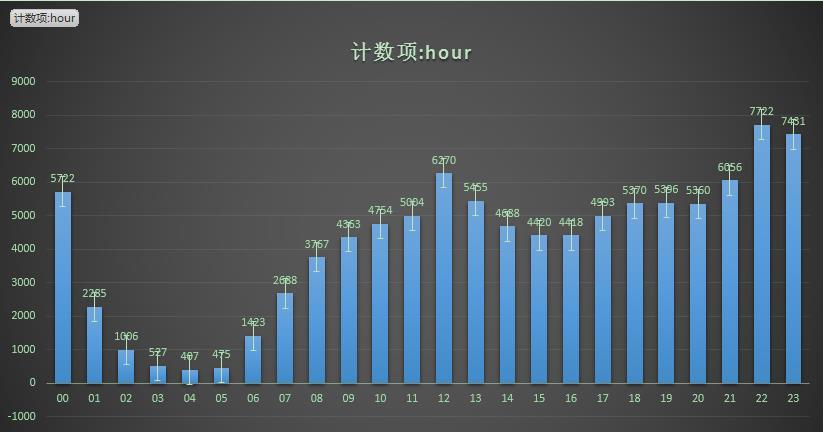
部分源码
python登陆QQ空间
version 1 将自己的账号密码写入一个文本(userinfo.ini),时候操作过快会提示错误
userinfo.ini内容
[qq_info]
qq_number=xxx(你的qq号)
qq_password=(你的密码)
1 | #coding:utf-8 |
version 2
自己扫码登陆。注意需要等待控制台提示再操作,不然selenium抓不到窗口1
2
3
4
5
6
7
8
9
10
11
12
13
14
15
16
17
18
19
20
21
22
23
24
25
26
27
28
29
30
31
32
33
34
35
36
37
38
39
40
41
42
43
44
45
46
47
48
49
50#coding:utf-8
import requests
import time
import os
from urllib import parse
class Spider(object):
def __init__(self):
self.web=webdriver.Firefox()
self.web.get('https://user.qzone.qq.com')
self.__username ='这里填你的QQ号'#后续操作会用到
self.headers={
'host': 'h5.qzone.qq.com',
'accept-encoding':'gzip, deflate, br',
'accept-language':'zh-CN,zh;q=0.8',
'accept':'text/html,application/xhtml+xml,application/xml;q=0.9,image/webp,image/apng,*/*;q=0.8',
'user-agent':'Mozilla/5.0 (X11; Ubuntu; Linux i686; rv:55.0) Gecko/20100101 Firefox/55.0',
'connection': 'keep-alive'
}
self.req=requests.Session()
self.cookies={}
def get_g_tk(self):
p_skey = self.cookies[self.cookies.find('p_skey=')+7: self.cookies.find(';', self.cookies.find('p_skey='))]
h=5381
for i in p_skey:
h+=(h<<5)+ord(i)
print('g_tk',h&2147483647)
self.g_tk=h&2147483647
def login(self):
print('请扫码登陆')
while 1:
if 'http://' in self.web.title:
break
print('扫码登陆成功')
time.sleep(2)
self.web.get('https://user.qzone.qq.com/{}'.format(self.__username))
cookie=''
for elem in self.web.get_cookies():
cookie+=elem["name"]+"="+ elem["value"]+";"
self.cookies=cookie
self.get_g_tk()
#time.sleep(10)
self.headers['Cookie']=self.cookies
self.web.quit()
if __name__=='__main__':
sp=Spider()
sp.login()
networkx 分析
networkx分析大体第一步都是构建网络,在网络中分增加节点node和增加egde,networkx支持批量添加。该部分和自己数据集的方式有关。
下面主要是网络构建成功之后的分析部分1
2
3
4
5
6
7
8
9
10
11
12
13
14
15
16
17
18
19
20
21
22
23
24
25
26
27
28
29
30
31
32
33
34
35
36
37
38
39
40
41
42
43
44
45
46
47
48
49
50
51
52
53
54
55
56
57
58
59
60
61
62
63
64
65
66
67
68
69
70
71
72
73# -*- coding: utf-8 -*-
"""
Created on Wed Oct 4 22:23:27 2017
@author: x
"""
import networkx as nx
import matplotlib.pyplot as plt
import operator
#basicinformation of a network
def basic_info(G):
f=open('basic_info.txt','w')
f.write('网络节点数:')
f.write(str(G.number_of_nodes()) + '\n')
f.write('网络边数:')
f.write(str(G.size()) + '\n')
f.write('网络边加权和:')
f.write(str(G.size(weight='weight')) + '\n')
scc=nx.strongly_connected_components(G)#返回强连通子图的list
wcc=nx.weakly_connected_components(G)#返回弱连通子图的list
print("弱连接: ")
f.write('弱连接:'+'\n')
for c in wcc:
# print (c)
f.write(str(c))
f.write('\n')
print("强连接: ")
f.write('强连接:'+'\n')
for s in scc:
# print(str(s))
f.write(str(s)+',')
f.write('\n')
f.write('有向图平均路径长度:')
f.write(str(nx.average_shortest_path_length(G)) + '\n')
G=G.to_undirected()
f.write('平均聚类系数:')
f.write(str(nx.average_clustering(G)) + '\n')
f.write('平均路径长度:')
f.write(str(nx.average_shortest_path_length(G)) + '\n')
def node_exist(G,node):
if G.has_node(node):
return True
else :
return False
def draw_ego_graph(G,character,hops=1,show_lables=True):
"""
Expecting a graph_from-gdf
"""
y="%s的%s代好友网络"%(character,hops)
#Get the Ego Gaph and Position
ego=nx.ego_graph(G,character,hops)
pos = nx.spring_layout(ego)
plt.figure(figsize=(12,12))
plt.axis('off')
# Draw
nx.draw_networkx_edges(ego,pos,alpha=0.8,with_lables=True)
nx.draw_networkx_nodes(ego,pos,with_lables =True,node_size=50,cmp=plt.cm.hot)
if show_lables: nx.draw_networkx_labels(ego,pos)
plt.title('<C>={}'.format(y))
plt.show()
#find top 10 key people
def key_people(G):
centrality=nx.degree_centrality(G)
nx.set_node_attributes(G,'centrality',centrality)
degrees =sorted(centrality.items(),key=operator.itemgetter(1),reverse =True)
for item in degrees[0:10]:print("%s : %0.3f"%item)
key_people()函数用来寻找在网络中,对网络连通最大的节点。数据可以反映很多现实问题。
draw_ego_graph()用来寻找子网络,单张网络往往非常大,(测试中,本数据集整个节点20w),研究并可视化子网络

